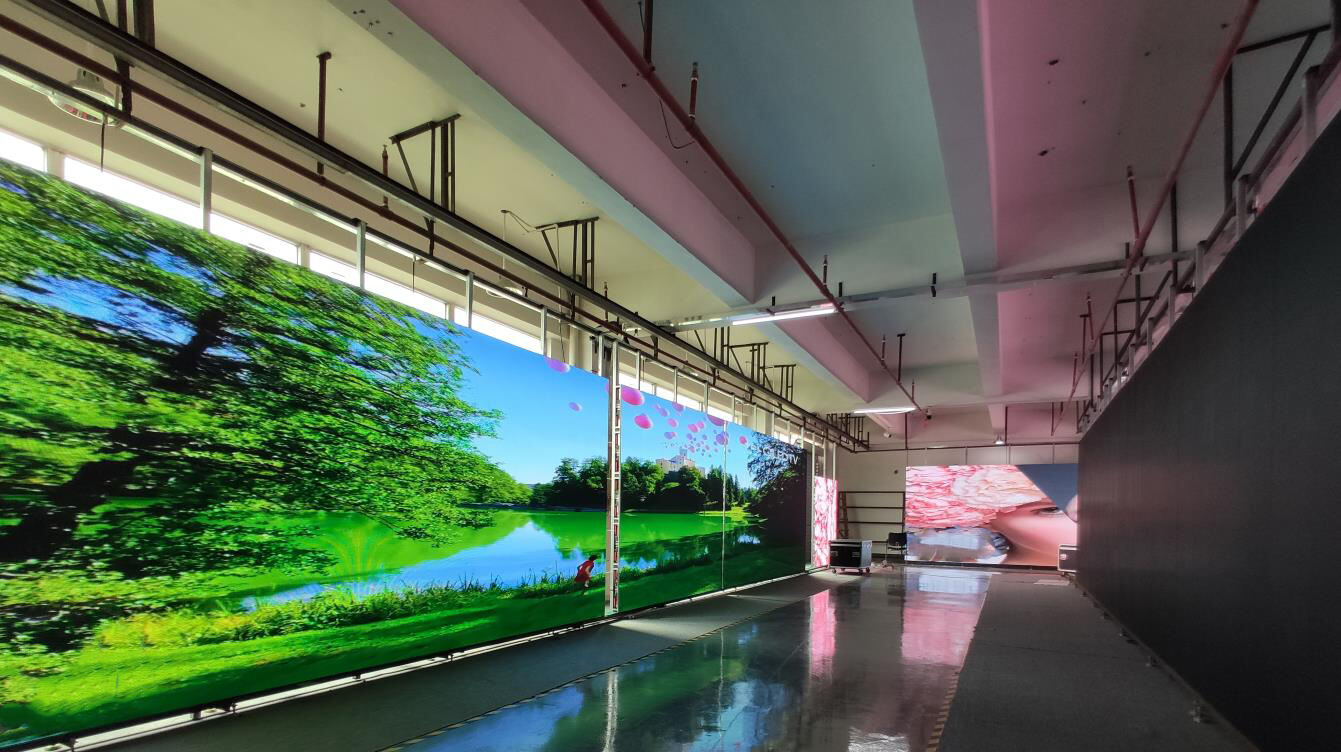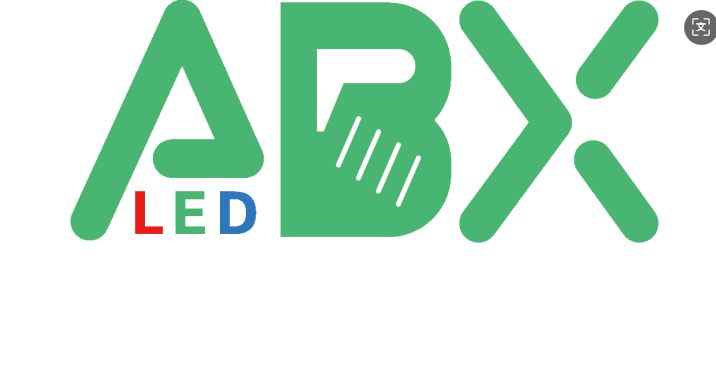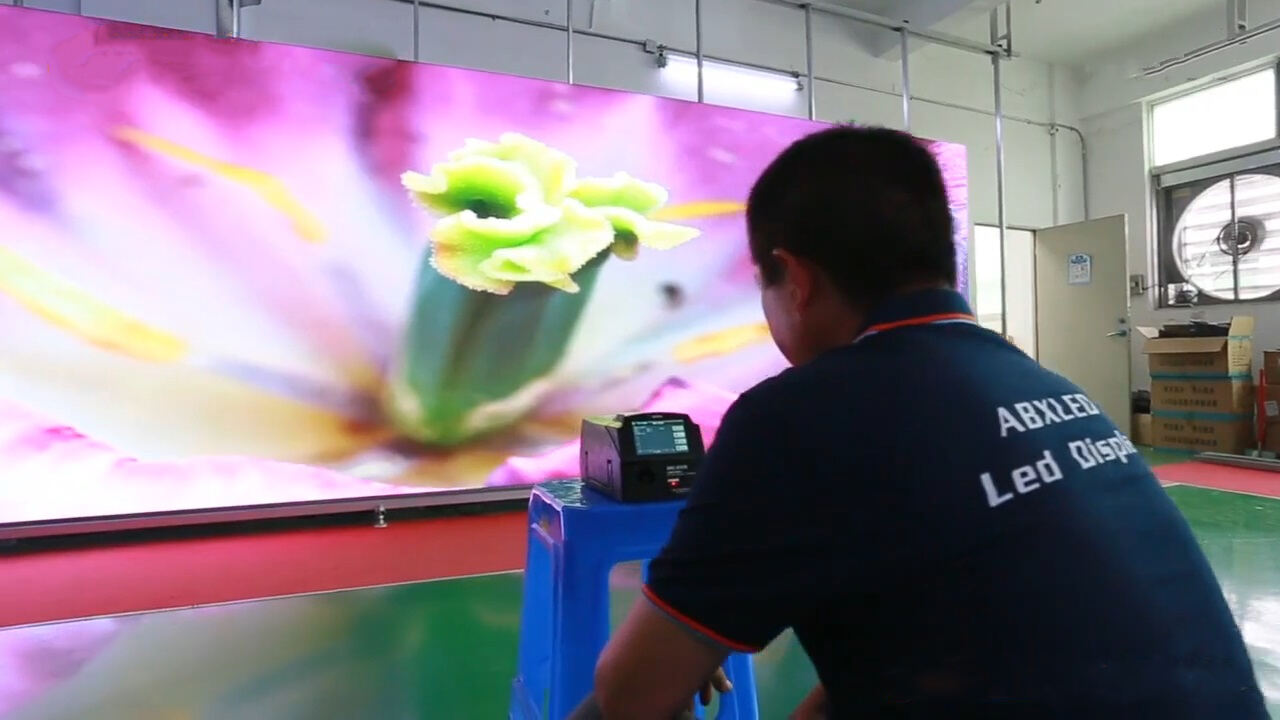Top Tips for Renting LED Displays for Events and Installations
Introduction to LED Displays for Events
Modern events and installations are increasingly dependent on visual technology to capture attention, engage audiences, and create immersive experiences. Among the available technologies, LED Displays stand out as the most versatile and impactful. They provide bright, vibrant visuals that remain visible in all lighting conditions, indoors or outdoors. From corporate conferences and product launches to concerts, trade shows, and large-scale festivals, LED Displays have become indispensable for effective communication and brand presence.
Renting LED Displays offers organizations the flexibility to access state-of-the-art technology without the high costs of ownership. However, maximizing the return on investment in rentals requires careful planning and informed decision-making. Understanding the different types of displays, installation requirements, content preparation, and vendor selection can make the difference between a seamless event and one plagued by technical issues.
Understanding the Types of LED Displays
Indoor LED Displays
Indoor LED Displays are designed for controlled environments such as conference halls, exhibition centers, or retail spaces. They feature smaller pixel pitches for higher resolution and close-up viewing. For events where audiences are close to the screen, such as trade shows or product presentations, indoor displays provide clarity and crisp visuals.
Outdoor LED Displays
Outdoor models are built to withstand weather conditions, offering higher brightness levels to remain visible in direct sunlight. They are rugged, waterproof, and suitable for sports stadiums, outdoor concerts, and large public gatherings. Rental clients must ensure outdoor LED Displays meet the necessary IP rating standards for durability.
Modular and Mobile Displays
Some LED Displays come in modular panels that can be combined into custom shapes and sizes. Others are mobile, mounted on trailers or stands for quick setup and teardown. Modular displays are ideal for creating massive video walls, while mobile units serve smaller events requiring flexibility and mobility.
Planning Your Event with LED Displays
Assessing Audience Size and Viewing Distance
One of the first considerations is audience size and how far viewers will be from the display. The choice of pixel pitch, or the distance between LEDs, directly impacts image quality. A smaller pitch is better for close viewing, while a larger pitch works for long-distance visibility. Procurement teams should match pixel pitch to viewing distance to optimize visual impact.

Determining Screen Size and Configuration
Screen size should align with both the venue and the type of content being displayed. Larger venues often require multiple screens or massive video walls to ensure visibility from all angles. Configurations can range from simple rectangular screens to creative shapes that enhance event aesthetics.
Considering Lighting Conditions
Ambient light influences display selection. For daytime outdoor events, high-brightness LED Displays are essential. For indoor installations, brightness levels can be lower, but contrast and resolution become more important.
Choosing the Right Vendor
Evaluating Experience and Reputation
Selecting a vendor with proven experience in supplying LED Displays for events ensures reliability. Vendors with strong reputations are more likely to provide quality equipment, skilled technicians, and responsive customer service.
Technical Support and On-Site Assistance
Live events leave no room for technical failure. Vendors should provide on-site technicians to handle installation, operation, and troubleshooting. This ensures seamless performance and quick resolution of any issues.
Inventory and Customization Options
A vendor with a wide range of LED Displays allows for better customization to meet unique event requirements. Rental clients should confirm the availability of different screen sizes, resolutions, and configurations.
Preparing Content for LED Displays
Resolution and Aspect Ratio
Content should match the resolution and aspect ratio of the rented display. Misaligned content may appear distorted or pixelated. Coordinating with vendors to ensure compatibility between display specifications and content files is essential.
Brightness and Contrast Optimization
Designing visuals specifically for LED Displays requires adjustments in brightness, contrast, and color saturation. Overly complex visuals may overwhelm audiences, while simple, bold graphics maximize impact.
Dynamic Content for Engagement
Animated graphics, video, and real-time feeds keep audiences engaged. Interactive elements, such as live social media walls, further enhance audience participation and overall event energy.
Installation and Logistics
Venue Assessment
Before committing to a rental, the venue should be assessed for space, structural support, and power requirements. LED Displays may require significant electrical capacity, which should be factored into event planning.
Rigging and Mounting Options
Displays can be hung, wall-mounted, or supported on trusses. Each method requires specific equipment and safety considerations. Working with professional technicians ensures stability and compliance with safety standards.
Transport and Setup Time
Logistics such as transport, setup, and teardown times should be discussed with vendors in advance. Modular LED Displays may require more setup time, while mobile options are quicker but less customizable.
Cost Considerations in Renting LED Displays
Rental Fees and Packages
Rental costs vary depending on display size, resolution, and duration of use. Vendors may offer packages that include setup, operation, and dismantling services. Comparing multiple quotes ensures the best balance of cost and quality.
Additional Expenses
Beyond rental fees, costs may include content creation, extra power supply, rigging equipment, and technician fees. Budgeting for these ensures no surprises on event day.
Long-Term Value
For recurring events, building long-term relationships with vendors can lead to better pricing and reliable service. Some companies may even offer loyalty discounts or tailored rental packages.
Maximizing ROI from LED Display Rentals
Aligning Displays with Event Goals
To maximize return, LED Displays should be integrated strategically. For branding events, placing displays at entrances or key focal points enhances brand visibility. For conferences, large backdrops ensure audience engagement and focus.
Leveraging Multi-Screen Setups
Using multiple LED Displays for different content streams enhances audience experience. For example, one screen may show live video while another highlights branding messages or real-time social media engagement.
Measuring Success
Post-event analysis should evaluate audience engagement, visibility, and technical performance. Feedback from attendees and organizers helps refine display strategies for future events.
Conclusion
Renting LED Displays for events and installations is a powerful way to elevate audience engagement and deliver professional results. By understanding the different types of displays, carefully planning for venue and audience needs, choosing the right vendor, preparing content properly, and managing logistics, event planners and procurement teams can ensure successful outcomes. While costs can be significant, the impact of a well-executed LED display rental can far outweigh the investment, making it an essential component of modern event technology.
FAQ
What types of LED Displays are available for rental?
Options include indoor, outdoor, modular, and mobile displays, each suited for different environments and requirements.
How do I choose the right pixel pitch for LED Displays?
Match pixel pitch to viewing distance. Smaller pitches are better for close viewing, while larger pitches are ideal for distant audiences.
Can LED Displays be used outdoors?
Yes, outdoor models are designed with weather resistance and high brightness to remain visible in sunlight.
Do rental vendors provide technicians?
Reputable vendors typically provide on-site technicians for installation, operation, and troubleshooting.
How should content be prepared for LED Displays?
Content should match resolution and aspect ratio while emphasizing bold, simple visuals optimized for brightness and contrast.
What are the cost factors in renting LED Displays?
Costs depend on display size, resolution, rental duration, setup, transport, and additional services such as technicians or rigging.
How long does setup take for LED Displays?
Modular displays may require several hours or more, while mobile displays on trailers can be set up quickly.
Are LED Displays suitable for small events?
Yes, smaller configurations or mobile units are ideal for intimate settings while still delivering high-quality visuals.
How can rental houses maximize ROI from LED Displays?
By strategically placing displays, offering multi-screen setups, and integrating engaging content to enhance audience participation.
Do LED Displays require special power arrangements?
Yes, large displays often need significant power capacity, and this should be planned with the venue and vendor in advance.
Table of Contents
- Top Tips for Renting LED Displays for Events and Installations
- Introduction to LED Displays for Events
- Understanding the Types of LED Displays
- Planning Your Event with LED Displays
- Choosing the Right Vendor
- Preparing Content for LED Displays
- Installation and Logistics
- Cost Considerations in Renting LED Displays
- Maximizing ROI from LED Display Rentals
- Conclusion
-
FAQ
- What types of LED Displays are available for rental?
- How do I choose the right pixel pitch for LED Displays?
- Can LED Displays be used outdoors?
- Do rental vendors provide technicians?
- How should content be prepared for LED Displays?
- What are the cost factors in renting LED Displays?
- How long does setup take for LED Displays?
- Are LED Displays suitable for small events?
- How can rental houses maximize ROI from LED Displays?
- Do LED Displays require special power arrangements?

